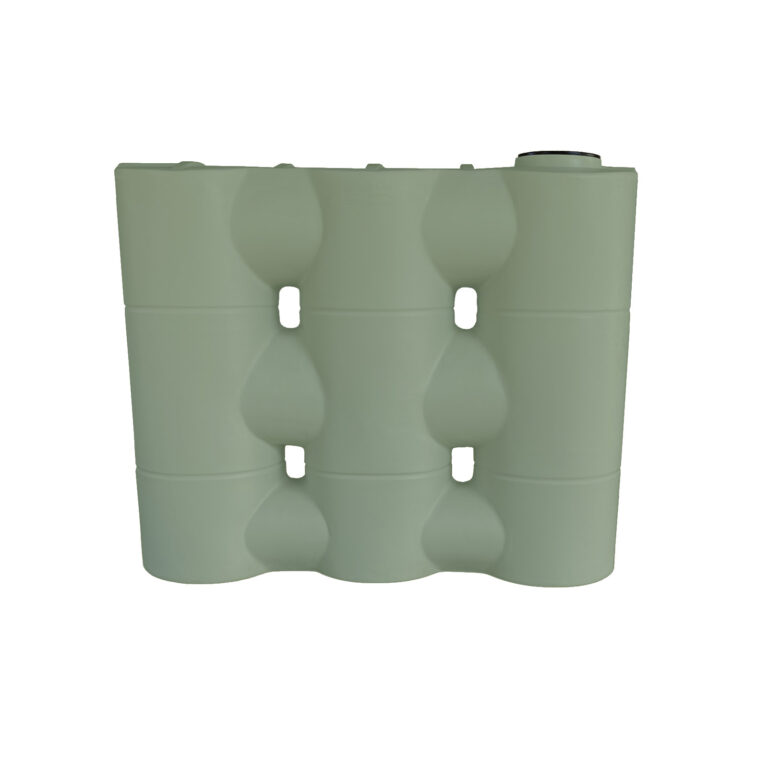Budget-friendly Slimline Water Tanks: Optimize Your Rain Harvesting
Budget-friendly Slimline Water Tanks: Optimize Your Rain Harvesting
Blog Article
Recognizing the Relevance of Rain Tanks in Drought-Prone Regions for Water Safety
In regions prone to prolonged droughts, the duty of rain containers in strengthening water protection is a topic of expanding value. As communities face the difficulties of water scarcity, comprehending the significance of these containers surpasses mere collection of rain. Rainwater containers serve as an essential tool in minimizing the effect of water scarcities by offering a lasting source of water for numerous needs. The real value of rain containers extends far past plain storage; it includes resilience-building measures and the promotion of long-lasting water preservation strategies. This diverse strategy to water safety and security warrants a better exam of the role rainwater containers play in ensuring a trusted supply of water during times of dry spell.
Benefits of Rainwater Storage Tanks
Using rainwater storage tanks provides a sustainable service for augmenting water and enhancing water security in residential and business setups. Among the main advantages of rainwater tanks is their ability to reduce dependence on mains supply of water. By recording and storing rain that drops on rooftops, this different resource can be made use of for various non-potable purposes such as irrigation, purging bathrooms, and washing clothes. This not just saves treated drinking water yet additionally reduces water costs for users.

Rainwater Harvesting Methods
Rainwater gathering methods include a variety of techniques created to successfully accumulate and keep rain for different functions, contributing to water conservation and sustainability. One common technique is the installation of rooftop catchment systems, where rainwater is gathered from the roofing of a structure and guided to a tank. This approach is reasonably straightforward and cost-efficient. An additional prominent technique is the use of above-ground or underground storage space containers to keep rainwater for later usage. These containers are available in various sizes and products to fit different requirements and can be linked to the existing plumbing system for very easy gain access to.

Furthermore, rainfall yards and permeable pavements are cutting-edge techniques that include landscape design or paving surfaces in a method that permits rain to percolate into the ground, restoring groundwater reserves. Furthermore, shape farming and terracing are agricultural practices that assist record rainwater and avoid soil disintegration in sloping terrain. By executing these varied rainwater harvesting methods, areas can boost water safety and strength in drought-prone pop over to this site areas while advertising sustainable water management methods.
Value of Water Protection
Ensuring reputable accessibility to clean and sufficient water resources is critical for sustaining human health and wellness, financial advancement, and ecological wellness. Water safety is a critical aspect of societal durability, specifically in areas vulnerable to dry spells and water scarcity. Sufficient water safety includes different dimensions, including availability, quality, and accessibility of water for domestic, farming, commercial, and ecological requirements.
Water safety and security plays a vital function in promoting public health by reducing the prevalence of waterborne diseases and ensuring hygiene centers. Economically, water safety and security is important for farming performance, industrial operations, and total financial growth. Slimline water tanks. Water safety is carefully connected to environmental sustainability, as it supports communities, biodiversity, and total eco-friendly equilibrium.
In drought-prone regions, water protection ends up being a lot more vital as a result of the increased risk of water lacks. Implementing strategies like rainwater harvesting, water recycling, and reliable water administration techniques can substantially boost water safety in these locations. By prioritizing water protection, communities can much better withstand the effects of climate modification, populace growth, and other obstacles that threaten water accessibility.
Enhancing Water Strength
With enhancing worldwide water obstacles, building durability in water supply has actually ended up being an essential focus for sustainable growth initiatives. Enhancing water durability entails implementing techniques to make sure water schedule and quality when faced with altering ecological problems, such as dry spells, floods, and pollution.
One secret element of boosting water strength is advertising making use of rainwater tanks in drought-prone regions - Slimline water tanks. Rainwater storage tanks work as a reliable means of capturing and storing rainwater for later use, decreasing reliance on scarce freshwater sources during dry periods. By incorporating rainwater harvesting systems into water administration plans, neighborhoods can improve their capability to endure water shortage and preserve Continued water safety

Sustainable Water Preservation
Among escalating water challenges, the prudent monitoring of water sources through sustainable conservation methods is essential for guaranteeing long-lasting ecological stability and societal well-being. Sustainable water conservation involves the effective use water sources to fulfill current needs without compromising the capability of future generations to satisfy their very own demands. By applying strategies such as rainwater harvesting, greywater recycling, and water-efficient technologies, communities can decrease water wastage and ease stress on freshwater resources.
Moreover, lasting water preservation methods contribute to ecosystem health and wellness by maintaining adequate water levels in rivers, lakes, and wetlands, supporting biodiversity, and maintaining all-natural environments. These methods likewise play a vital function in alleviating the effects of climate change by aiding to adjust to transforming precipitation patterns and water accessibility.

Conclusion
In final thought, rain containers play an essential role in boosting water security and resilience in drought-prone regions. By using rainwater harvesting techniques, neighborhoods can decrease their reliance on conventional water sources and promote sustainable water preservation techniques. This not only assists alleviate the influences of water deficiency throughout dry spells but also adds to lasting water security and resilience when faced with climate modification obstacles.
Report this page